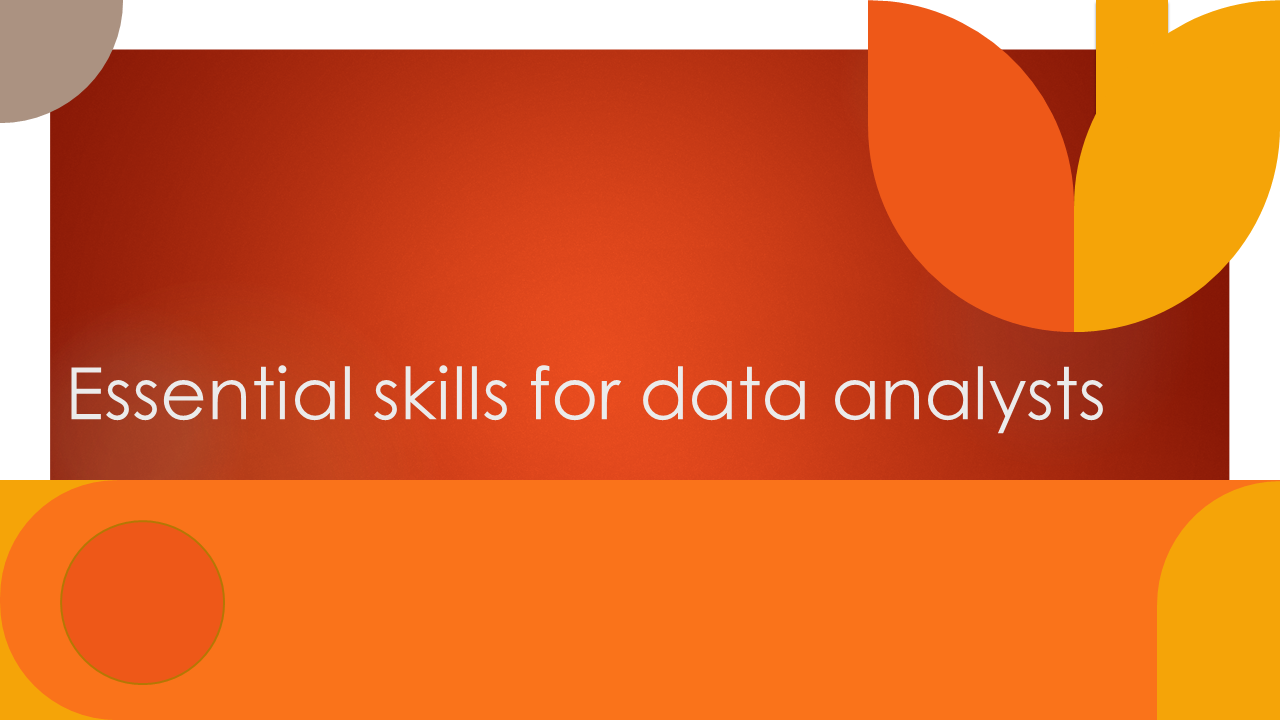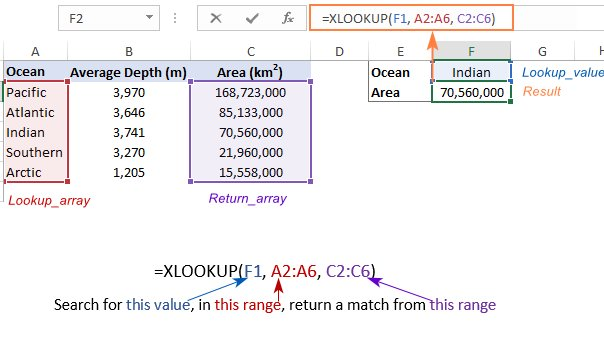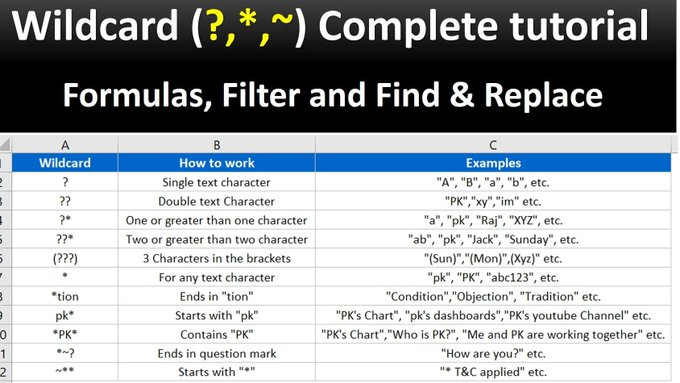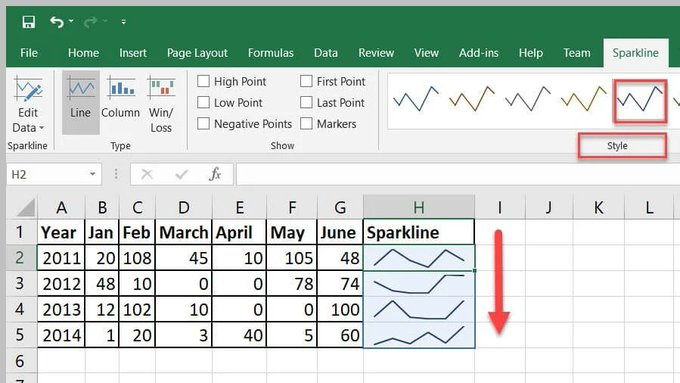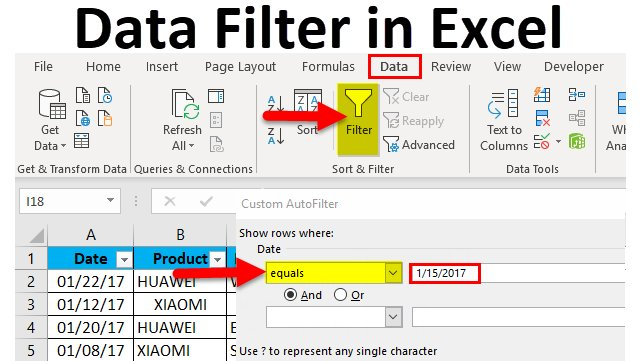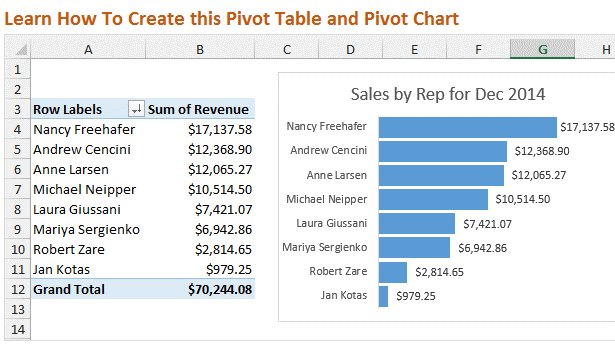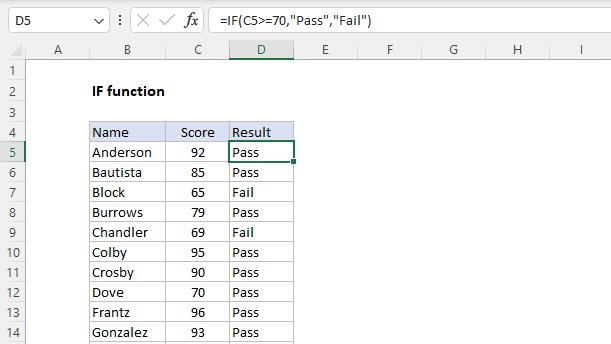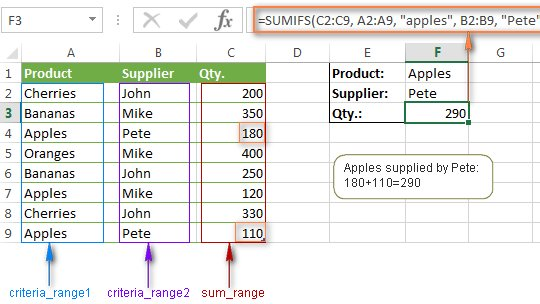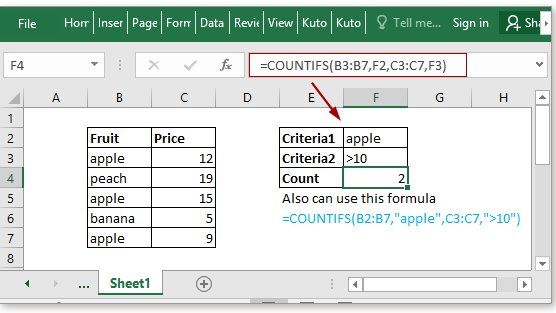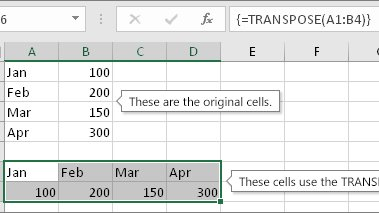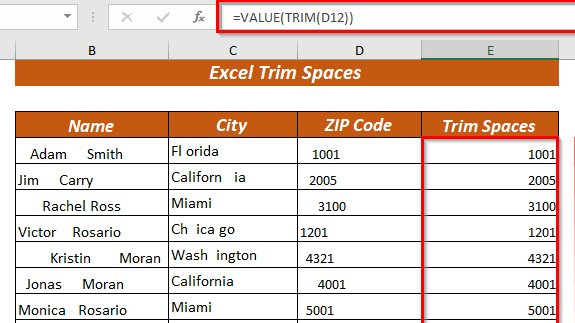How AI is Revolutionizing Weather Forecasting?
For centuries, humans have looked to the skies for clues about the weather. From ancient proverbs to high-powered satellites, we’ve constantly strived to improve our ability to predict rain or shine. But what if the future of weather forecasting lies not just in data, but in artificial intelligence (AI)?
Traditionally, weather prediction relies on complex mathematical models that crunch vast amounts of atmospheric data. While effective, these models can struggle with the inherent chaos of weather systems. This is where AI comes in.
Machine learning algorithms are being trained on massive datasets of past weather events. By identifying patterns and relationships within this data, AI can “learn” to predict future weather with incredible accuracy. This allows for:
- Hyperlocal forecasting: AI can account for microclimates and other localized factors, providing hyper-accurate forecasts for your specific neighborhood.
- Improved severe weather prediction: By recognizing subtle shifts in atmospheric patterns, AI can provide earlier warnings of storms, floods, and other extreme weather events.
- Better decision-making: From farmers planning harvests to airlines optimizing flight routes, AI-powered weather forecasts can empower businesses and individuals to make smarter decisions.
However, challenges remain. Training AI models requires immense computing power and high-quality data. Additionally, ensuring the ethical use of AI in weather forecasting, such as preventing manipulation or bias in predictions, is crucial.
Despite these challenges, the potential of AI in weather forecasting is undeniable. As AI and data analysis techniques continue to evolve, we can expect even more precise and actionable weather forecasts. This not only benefits our daily lives but also holds the potential to revolutionize industries that rely heavily on accurate weather predictions, from agriculture to disaster preparedness.
What do you think? How can AI help us better understand and predict the weather? Share your thoughts in the comments below!
Unlocking the power of checkboxes in Excel







